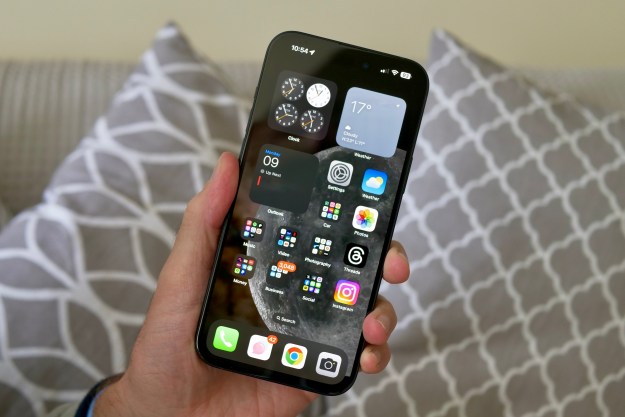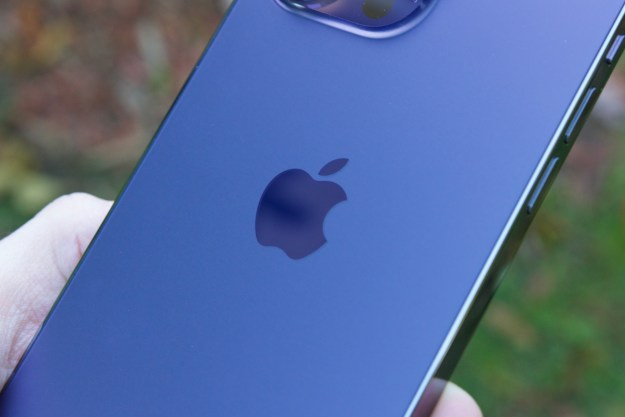iPhones have a solid reputation for their camera prowess, and each new generation further cements that legacy. But one area where Apple’s pricey phones have lagged behind Android rivals is the zoom performance. That pitfall might soon be a thing of the past. Apple is ready for a massive upgrade by equipping iPhones with a periscope-style telephoto zoom camera, claims TFI Securities analyst Ming-Chi Kuo (via MacRumors).
There is no dearth of flagship phone buyers who feel iPhones need to step up their zoom game. Take, for example, the iPhone 13 Pro Max, which only offers 3x optical zoom in and 15x digital zoom output. Flagships from the likes of Samsung, Huawei, and Xiaomi absolutely crush Apple’s latest and greatest, at least on paper. The Samsung Galaxy S21 Ultra delivers an impressive 10x lossless optical zoom and goes up to 100x with some cropping and digital zooming. The Huawei P40 Pro+ also delivers 10x optical zoom, while the Xiaomi Mi 11 Ultra promises a 120x digital zoom range.
However, excited fans will have to wait a while before they get to see a periscope-style telephoto camera on an iPhone. Kuo says that a periscope camera will only appear on iPhones in 2023, with the iPhone 15 Pro Max being the most likely candidate for theupgrade treatment. But before that happens, Kuo also predicts that the iPhone 14 Pro duo will make the jump to a 48-megapixel camera, up from the 12-megapixel sensor on the iPhone 12 quartet.
What’s the fuss around a periscope camera?

Oppo was the first to showcase the periscope camera tech in 2017, but Huawei beat it to the market with the launch of its P30 Pro flagship in 2019 that offered 5x optical zoom. Unlike stand-alone cameras, smartphones are thin, which means there is not much space for lens elements to move vertically and deliver a higher zoom range.
Periscope-style cameras — also known as a folded lens camera system — rely on an L-shaped tunnel system in which the telephoto camera sensor is placed at a right angle compared to the other cameras that are positioned directly behind the lens. To bend light at a 90-degree angle, a folded lens system uses a prism that bends light and passes it through a tunnel of moving lens elements before it falls on the sensor.
Of course, the thickness of the camera bump goes up, but the trade-off is totally worth it. For folks who are fans of long-range photography, higher optical zoom output is a godsend. Kuo doesn’t go into detail about Apple’s periscope camera strategy, but it is safe to assume that the company will be targeting a minimum 4x lossless optical zoom output on the iPhone 15 series — enough to make a difference.
Editors' Recommendations
- 3 reasons why I’ll actually use Anker’s new iPhone power bank
- There’s a big problem with the iPhone’s Photos app
- This one thing could make iOS 18 the best iPhone update in years
- iPhone 16: news, rumored price, release date, and more
- This is our best look yet at the iPhone 16’s big design changes




